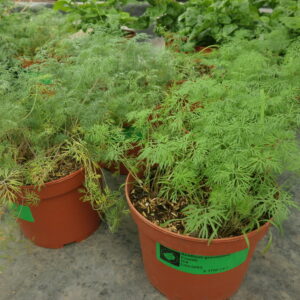
Basil, Greek
₡1,900.00
Out of stock
Related products
-
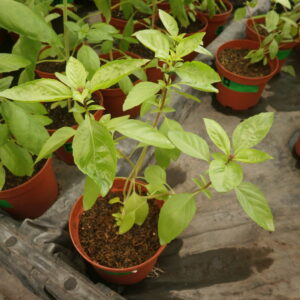
Basil, Thai
Culinary Garden ₡1,900.00 Add to cart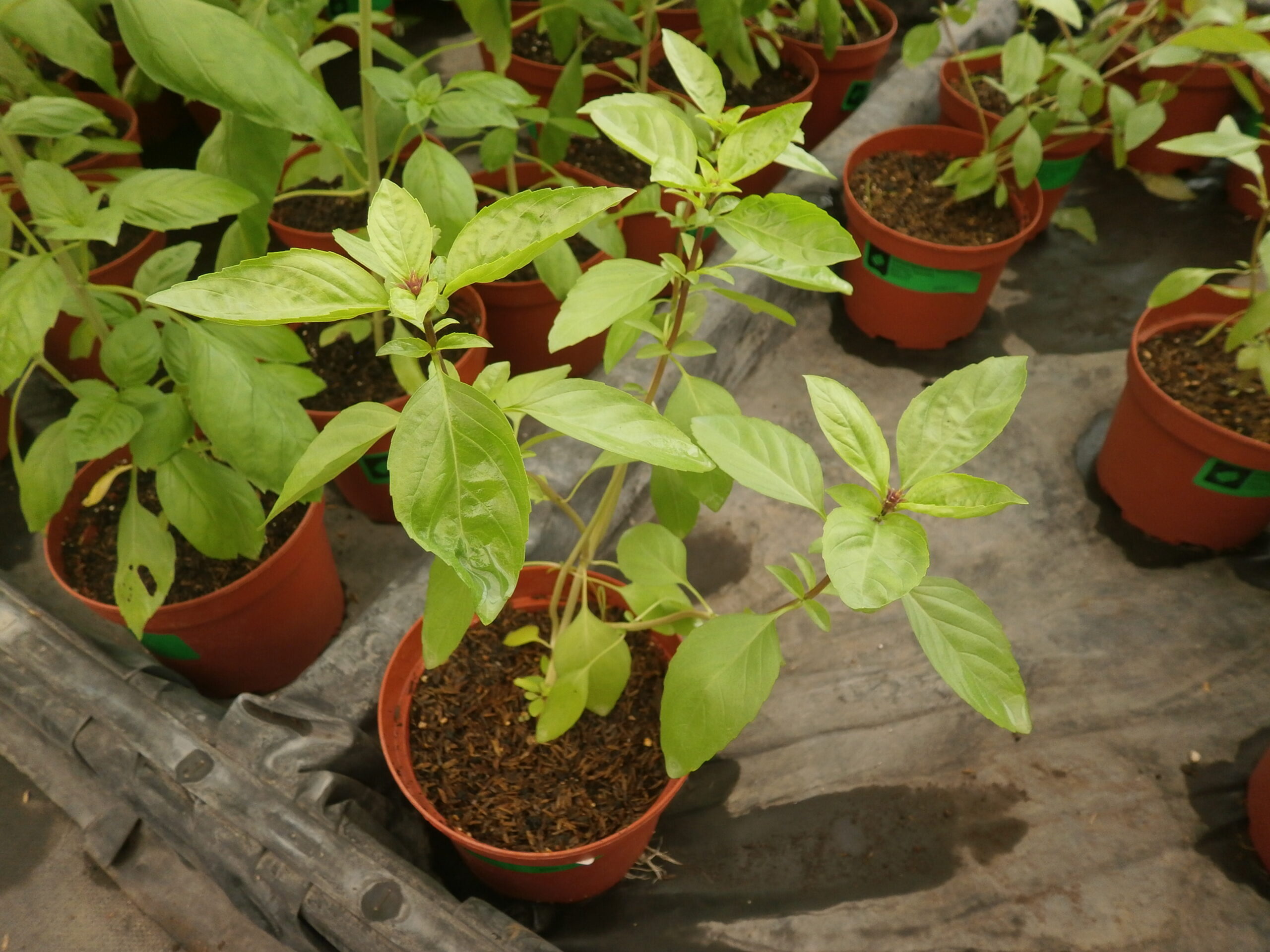
Basil, Thai
₡1,900.00
SKU: 0111 Category: Culinary GardenScientific name: Ocimum basilicum
Family: Lamiaceae
Origin: SE Asia
Medicinal use:Its flavor is highly described and argued, the first flavor that we will recognize is that of anise and we will notice hints of licorice, along with a spicy and sweet flavor. Gastronomy: It withstands high temperatures better than any other type of basil, including its simile, sweet basil. It is very typical in the dishes of Laos, Vietnam, Cambodia, and, of course, Thailand.
45 in stock
-
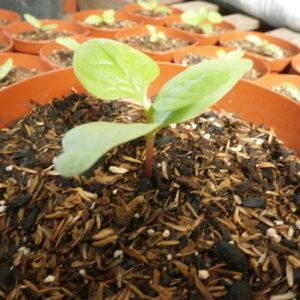
Spinach, Malabar Red
Culinary Garden ₡1,900.00 Add to cart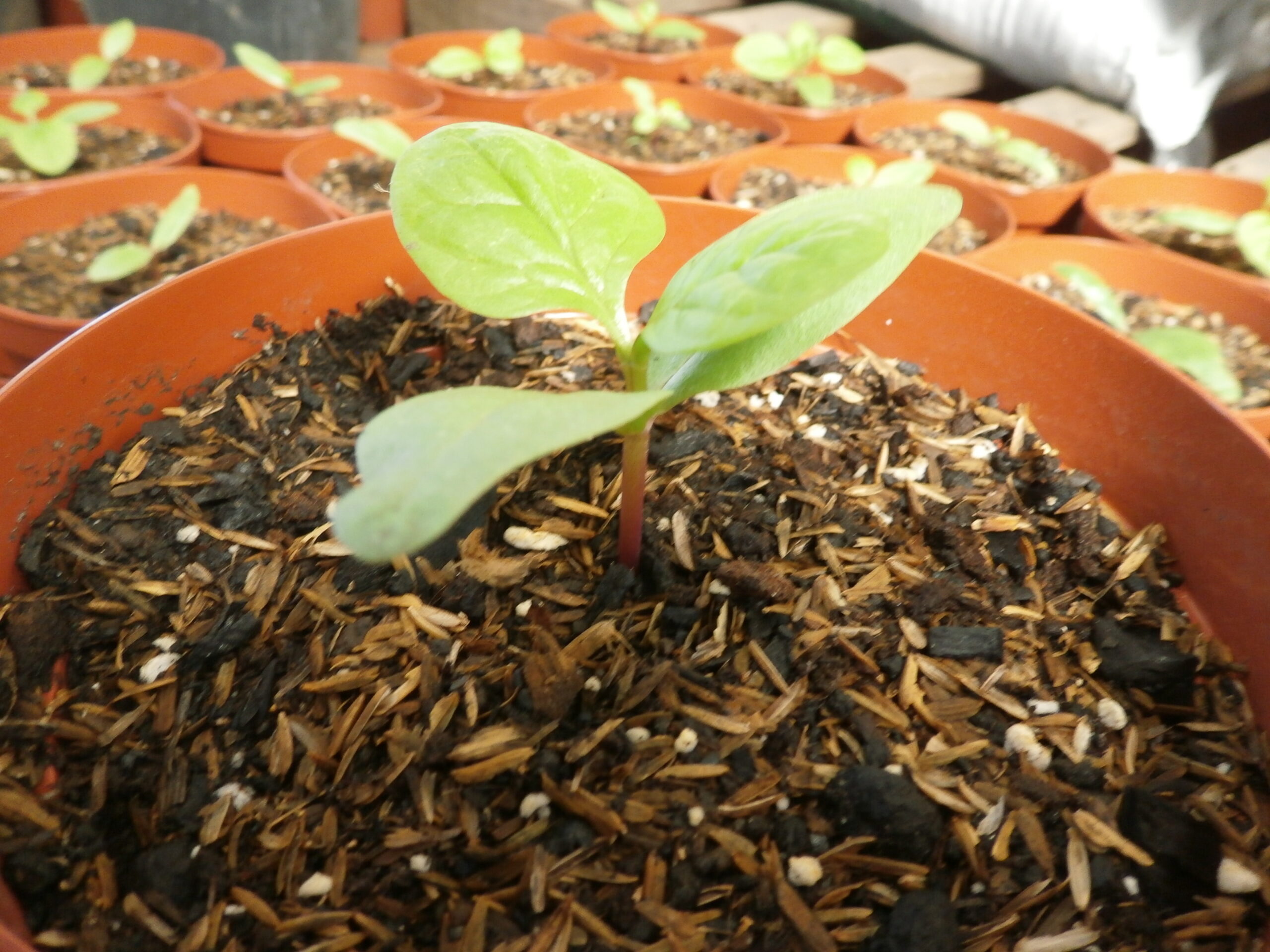
Spinach, Malabar Red
₡1,900.00
SKU: 0710 Category: Culinary GardenScientific name: Basella rubra
Family: Basellaceae
Origin: India
Medicinal use:Perennial, ornamental and edible climbing plant. Its leaves are a good source of vitamin A, vitamin C, iron, and calcium. It grows well in abundant light and takes on pink tones in the sun. It does not tolerate cold, its flowers attract bees, it is widely used in gastronomy, being fast growing and easy to care for. It is not very demanding with the light it receives, adapting well to short periods of drought
22 in stock
-
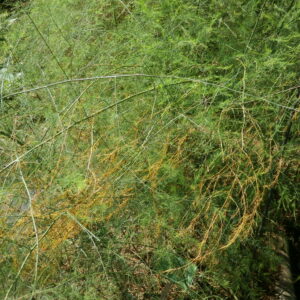
Asparagus
Culinary Garden ₡1,900.00 Add to cart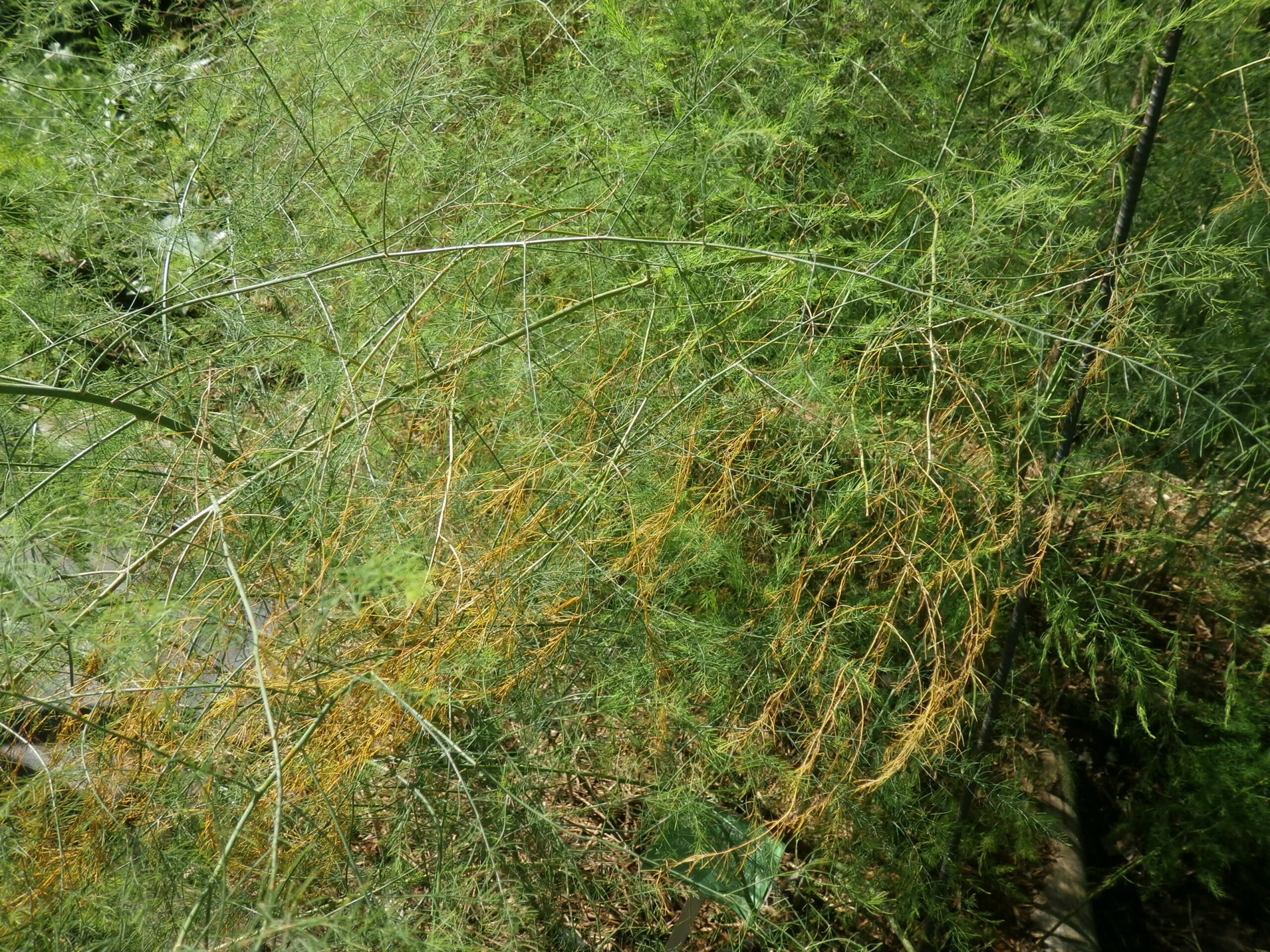
Asparagus
₡1,900.00
SKU: 0700 Category: Culinary GardenScientific name: Asparagus officinalis
Family: Asparagaceae
Origin: Europe and W Asia
Medicinal use:Regarding the field of health care, asparagus has important benefits due to: it is composed of more than 90% water. It can be eaten in hot or cold dishes; baked, grilled or steamed; and it can even be included in dishes with other products or taken alone. It can be used in sautéing green asparagus; the tagliatelle with pesto and asparagus; green asparagus with béchamel sauce or in the vegetable scramble.
44 in stock
-
Out of Stock
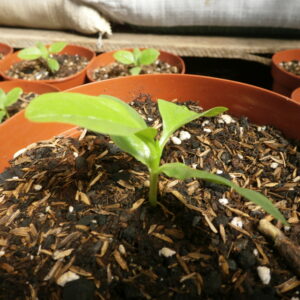
Spinach, Malabar Green
Culinary Garden ₡1,900.00 Read more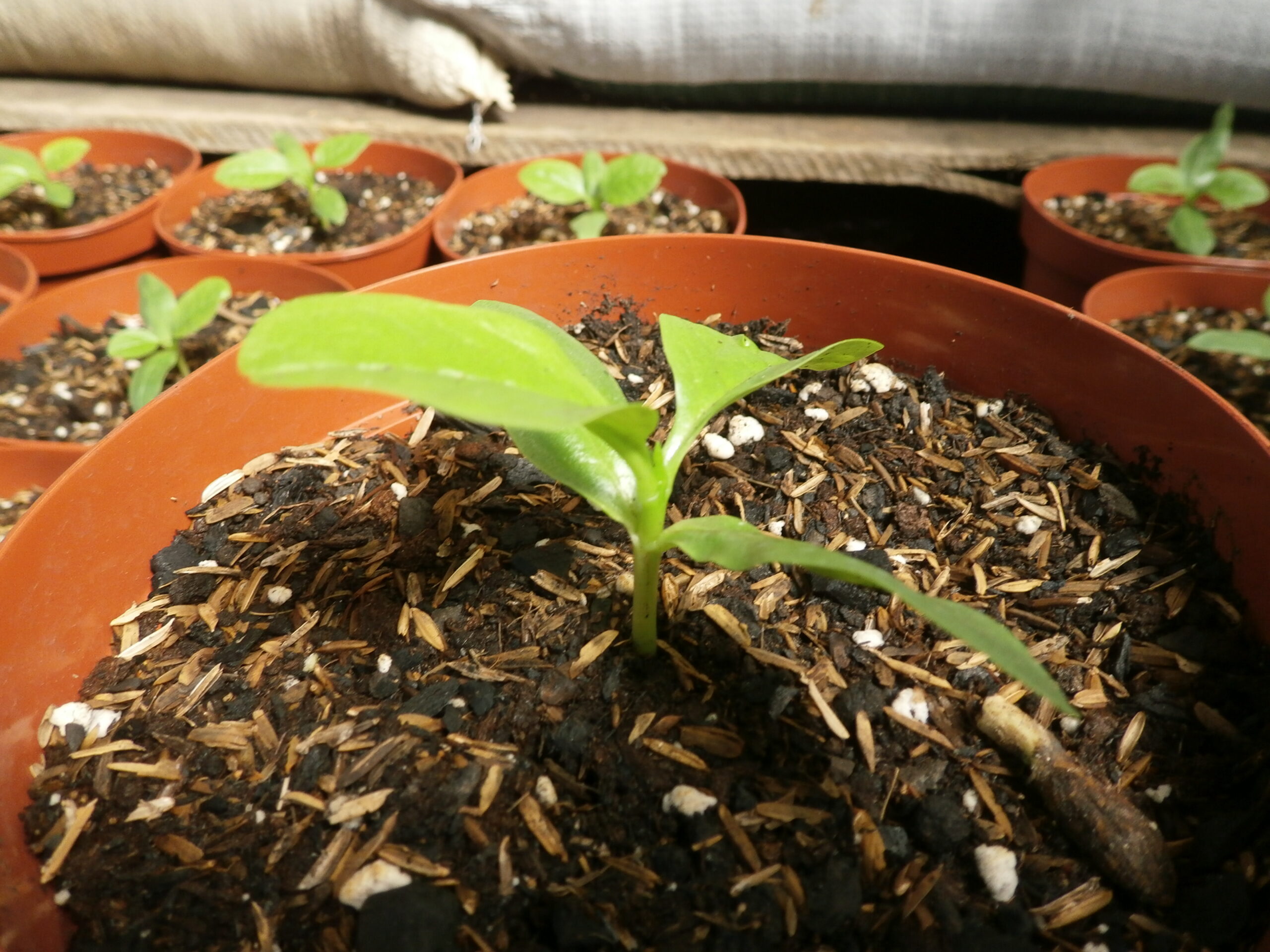
Spinach, Malabar Green
₡1,900.00
SKU: 0715 Category: Culinary GardenScientific name: Basella alba
Family: Basellaceae
Origin: India
Medicinal use:It is a perennial vine, popular in several tropical countries for its edible leaf, unrelated to the commonly known terrestrial spinach. Widely used in Asian cuisine, the culinary possibilities of Malabar spinach include its use to thicken soups, fry or stew with garlic and chili peppers, in salads or steamed with tofu and ginger.
Out of stock

